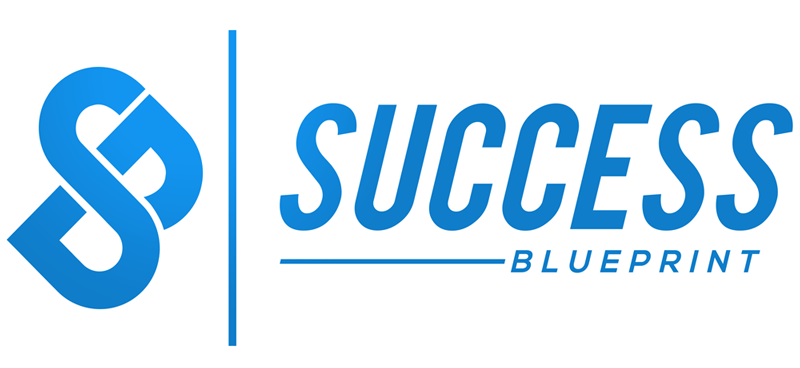
We Are Updating Our Courses!
We are bringing our courses up to date. It won't take long, we promise. Come back and visit us again in a few days. Thank you for your patience!

We are bringing our courses up to date. It won't take long, we promise. Come back and visit us again in a few days. Thank you for your patience!